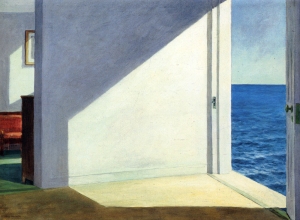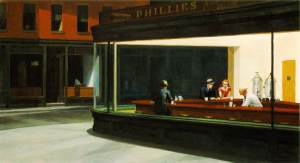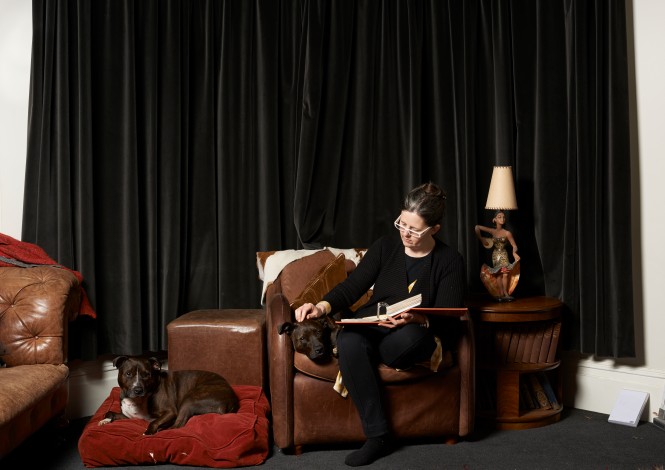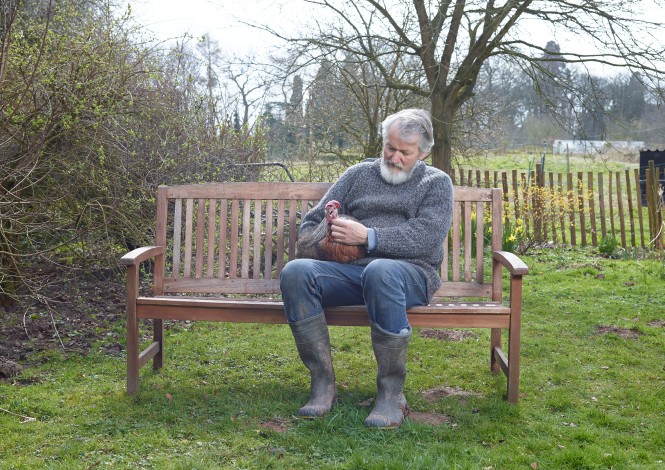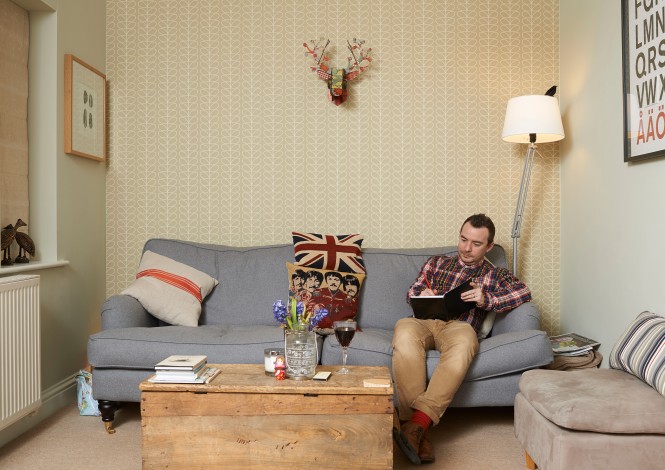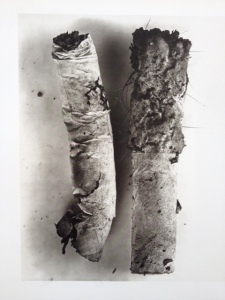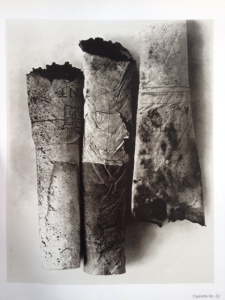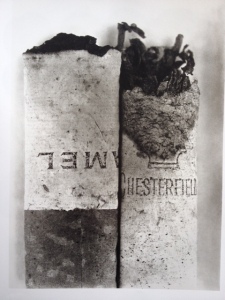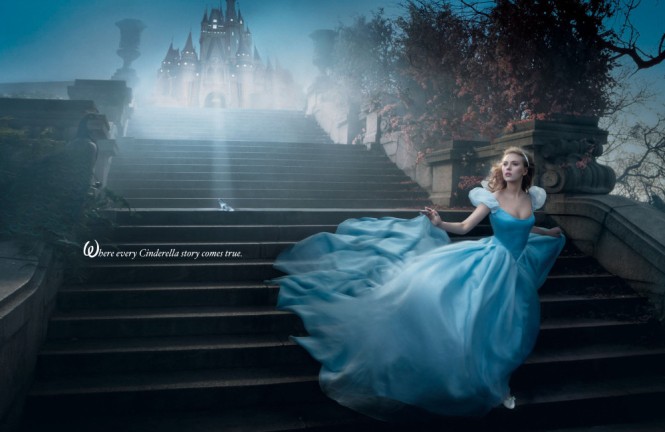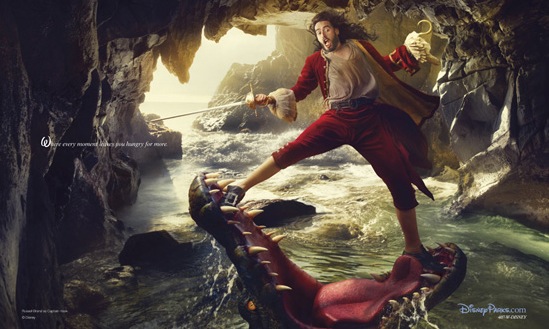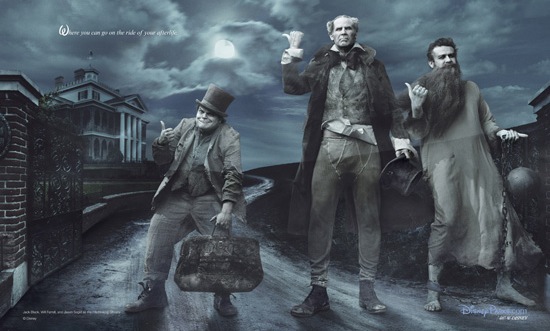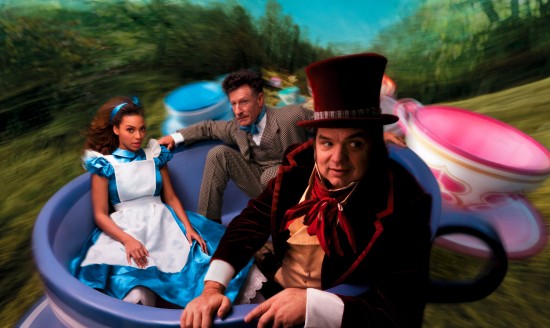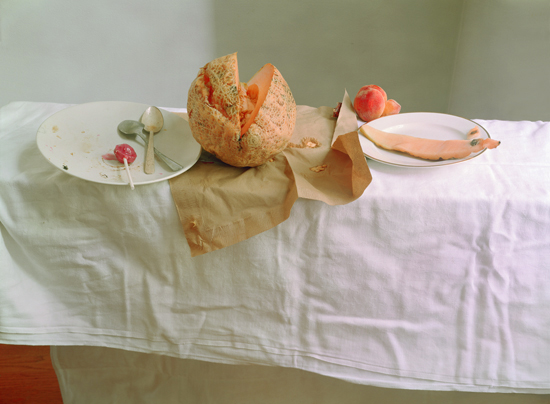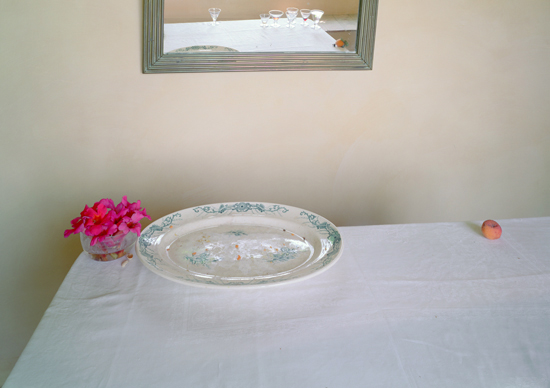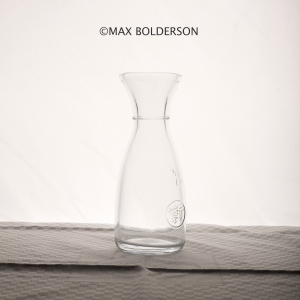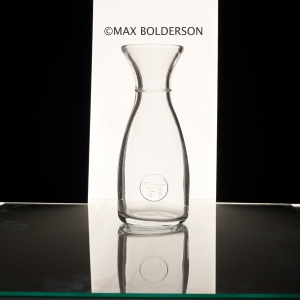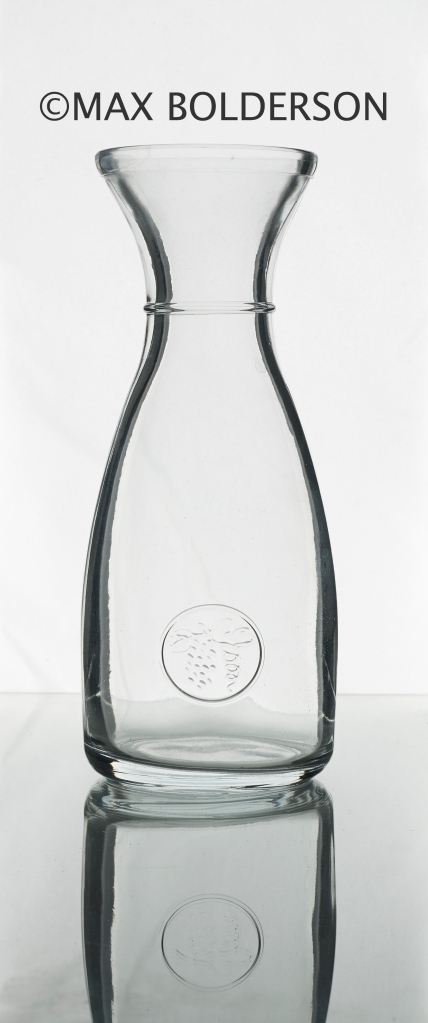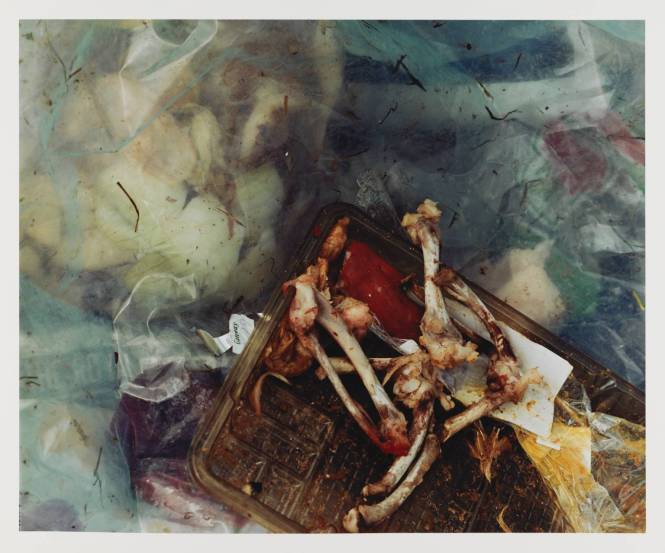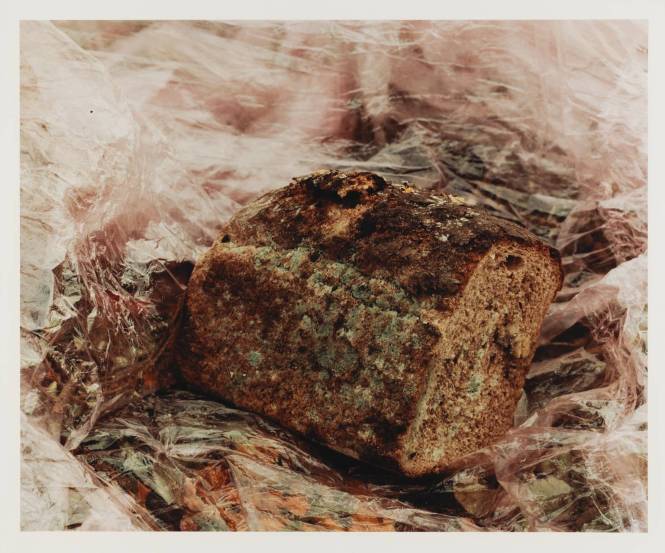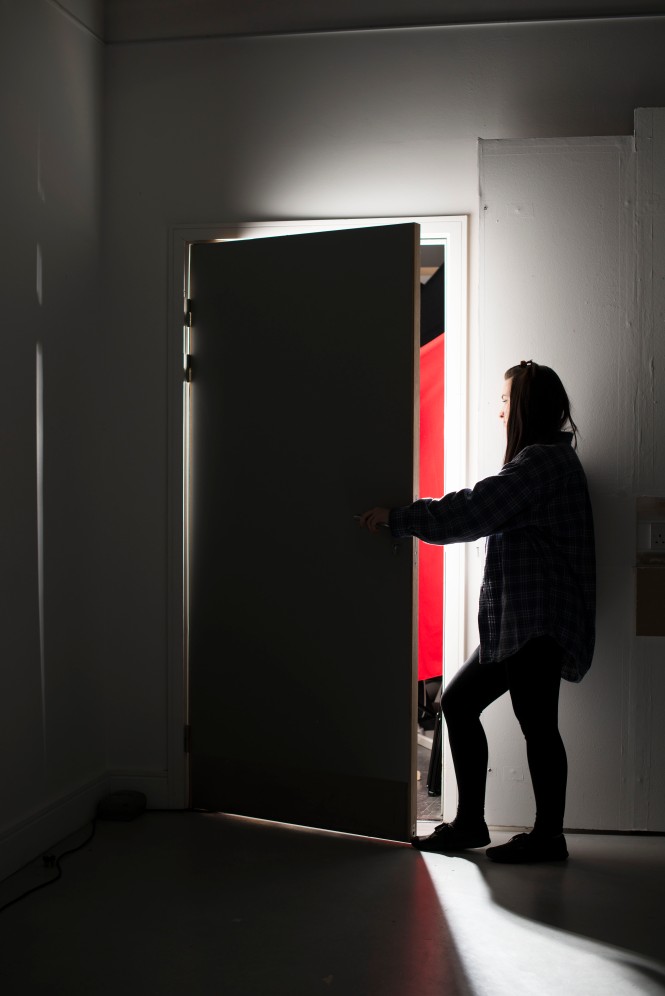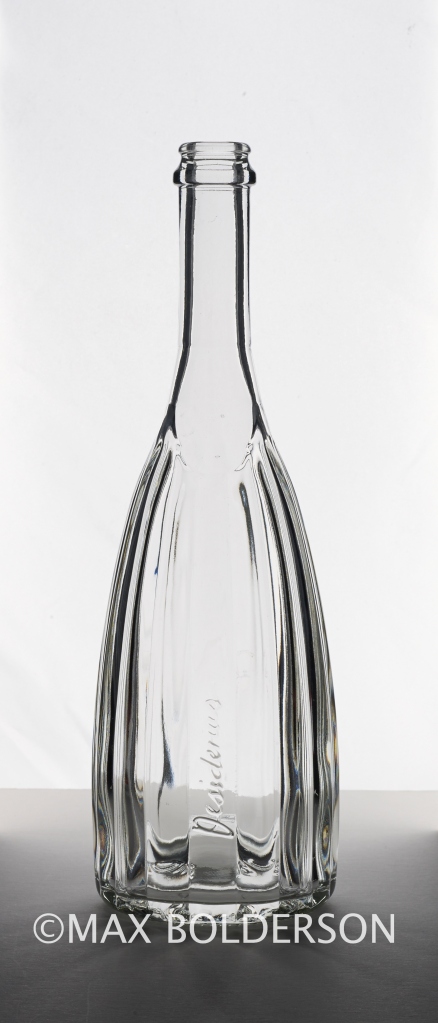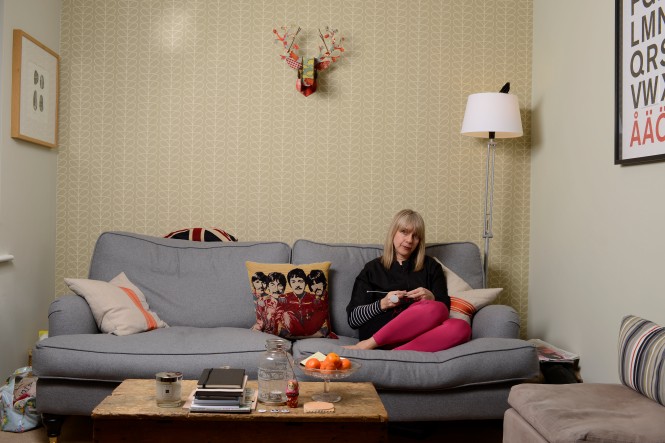Edward Hopper was an American artist (1882-1967) who was most famous for his paintings of American cities and city life. More than ant other artist Hopper made the visual iconography of the American city his own.
Filling stations, motel rooms and office spaces created this atmosphere of abandonment. The paintings that Hopper made were almost like stage set or stills from a movie. Hopper then placed these characters into his scene that gave the painting a whole different story.
Hopper was above all painter of rooms and interior spaces. Not all of hoppers paintings had people in them for example ‘Rooms by the sea’. This is just a painting of a room that has the door open looking out to sea. Hopper paints this room with these beautiful shafts of light that cascade onto the walls and fills the room. The way that he painted the light was amazing. This actually inspired me to experiment with the light in my tableaux shoot.
The paintings that Hopper did with these beams of light offer a view to the outside world. It makes you want to go inside the painting and see the beautiful sun that is casting the shadow across the walls.
One of my favorite Hopper paintings is ‘Nighthawks’. The way that Hopper has painted the light is this is amazing. Every time I look at this painting I think that it could almost be a photograph. The way that the light floods out the café and lights up the street is astonishing. The light in this image looks like it is coming from a flash with a zoom reflector that bounces of the celling. I think that his lighting techniques and the way he paints the light are stunning.
